No matter how courageous you are, you will scream in terror at seeing millipedes in your home with their numerous legs. Millipedes, however, are not insects but arthropods that do not bite or sting. Additionally, they do not harm humans, other animals, or plants. Millipedes are harmless creatures that thrive in damp environments with plenty of organic matter, such as gardens. Let’s take a closer look at how to control millipedes in houseplants.

Millipedes are fairly harmless, but if populations get out of control, they may damage your plants.
They are helpful recyclers as they break down rotting organic material and return nutrients to the soil. Also, none of them exactly has a thousand legs. However, when there are too many of them, they might occasionally damage seedlings or bedding plants.
In addition, no one wants creepy crawlies with a thousand legs to take up residence in their homes or gardens. So, in such instances, millipede control might become necessary!
Millipede infestations can be managed in many ways, including the use of traps, the manual removal of individual millipedes, and the introduction of their predators into the garden, such as frogs and birds. Getting rid of millipedes in houseplants can also be accomplished through applying diatomaceous earth, pesticides, or essential oils such as peppermint oil to or near the affected houseplants.
So, if you have a millipede problem in your home or houseplants, continue reading. We will tell you everything you need to know about millipedes and their control.
Related: How To Get Rid Of Springtails In The Soil Naturally? A Comprehensive Guide
Millipede Identification Guide
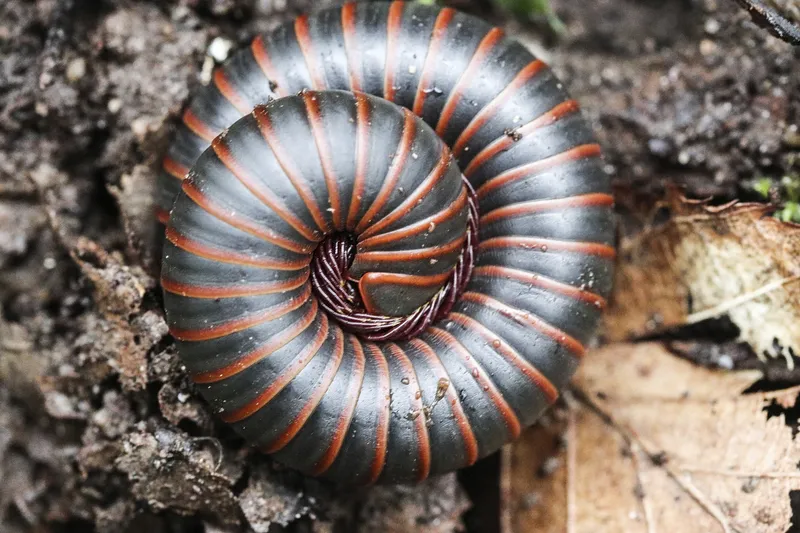
Millipedes have segmented cord-like bodies with a pair of legs on each segment.
Millipedes have a cylinder-like shape with a brown coloration ranging from light to dark. Millipedes have bodies segmented into multiple parts, each of which has two legs. This allows them to move slowly as their legs push against one another in a wave-like motion. When they feel threatened or when their habitats become dry, they will often curl up into a spiral. Millipedes are frequently confused with centipedes and vice versa.
However, centipedes only have a single pair of legs on each body segment. Another difference between millipedes and centipedes is that millipedes move slower.
Here are a few more differences between centipedes and millipedes:
| Millipedes | Centipedes | |
| Food | Feed on decaying organic matter | Prey on insects |
| Habitat | Rarely found inside homes | Commonly found inside homes |
| Legs | Two pairs of legs per body segment | One pair of legs per body segment |
| Harmful | Harmless to humans | Harmless to humans |
| Size | 1 to 4+ inches | About 1-½ inches |
Life Cycle Of A Millipede
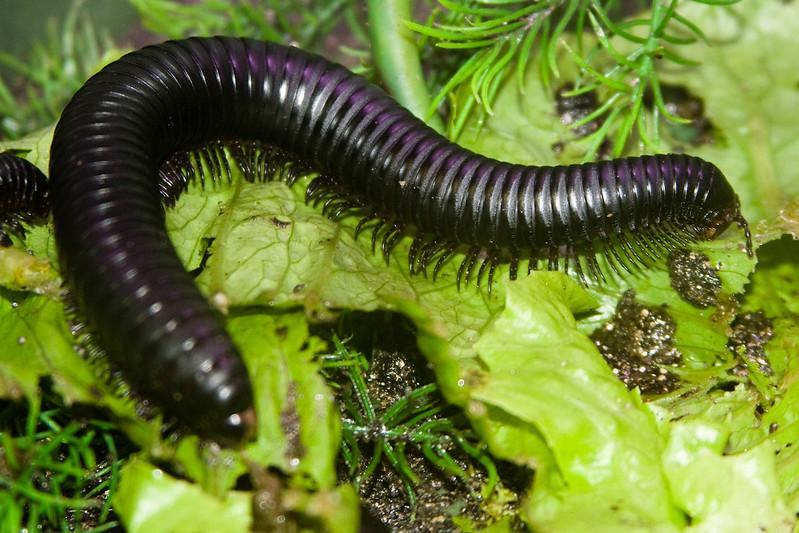
A female millipede can deposit as many as 300 eggs in the soil, which will hatch in a few weeks.
Millipedes only mate when they are in good physical condition. The males start the mating process, and a few weeks later, the females deposit their eggs in the soil. Since the eggs are so small and blend well with the dirt, it is practically impossible to spot them.
A female millipede takes maternal duties seriously. Therefore, she guards the nest she’s established for her eggs. When the eggs hatch, nymphs emerge. Nymphs have few body segments and four pairs of legs. Millipedes go through multiple molts while they are in the nymph stage. Each time millipedes molt, a new segment is added to their body.
A nymph’s transition into an adult might take two to five years to complete. Once larvae have matured into adults, they are sexually mature and ready to reproduce.
A single female millipede can lay up to 300 eggs which will hatch in only a few short weeks. The typical lifespan of a millipede is somewhere around ten years.
Related: How To Get Rid Of Root Mealybugs For Good? A Comprehensive Guide
Millipede Damage To Houseplants
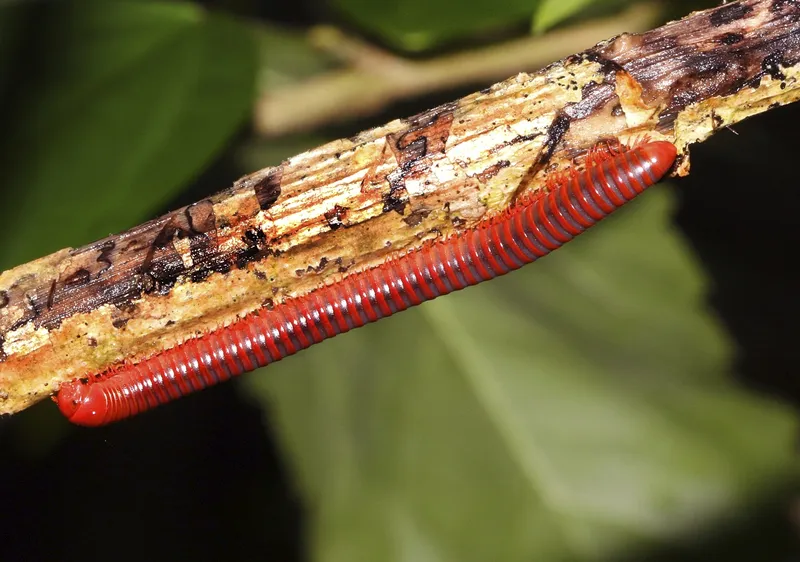
When there are too many mouths to feed, millipedes will occasionally attack seedlings and other soft growth.
Since millipedes feed so infrequently on plant life, they are not regarded as pests and do not usually cause damage to gardens. However, they may, on occasion, cause damage to seedlings’ fragile leaves and stems. This typically occurs when their populations explode, and there is insufficient organic detritus to go around.
In such cases, they will also consume soft growth, tubers, overripe fruits that have fallen to the ground, and flower bulbs. Furthermore, these arthropods can quickly travel from the yard to moist parts of your home and reproduce.
In such situations, finding ways to stop or eliminate a millipede infestation becomes crucial.
How To Get Rid Of Millipedes In Houseplants
Several different approaches can be used in the eradication of millipedes. It is best to begin with organic methods because they are better for the environment and do not kill other insects that are beneficial to the plants you are growing. However, if the infestation is severe, the use of chemicals may become necessary.
Organic Ways To Control Millipedes
Why spend money on pricey chemicals when you can eliminate millipedes using organic, straightforward, do-it-yourself remedies instead?
Here are some reliable organic options for you to consider!
Seal Entry Points For Millipedes At Home
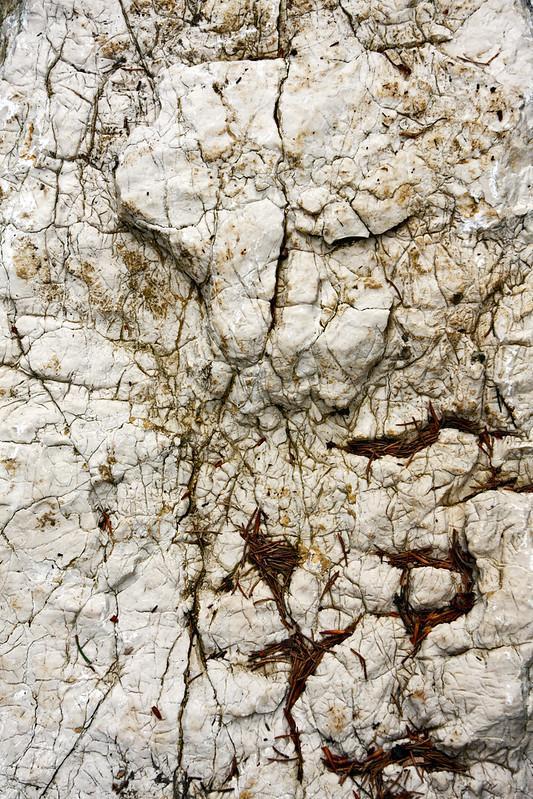
To stop millipedes from entering your home, seal any fractures and gaps in the exterior foundation wall.
To begin, we recommend that you start by sealing any holes or cracks in the foundation walls of your homes. After that, you can use duct tape to fill the areas around the windows and door frames in the basement.
Also, door sweeps should be installed on all outside doors to prevent millipedes from entering your home.
Expansion joints are another method of entry that millipedes might use to get into your home. So, fill in any spaces or expansion joints in the basement’s internal walls, then seal them.
Millipedes will not be able to enter your basement, and the amount of moisture inside will also decrease, which will keep the millipedes from becoming too comfortable.
Use LED Light Traps To Lure Millipedes
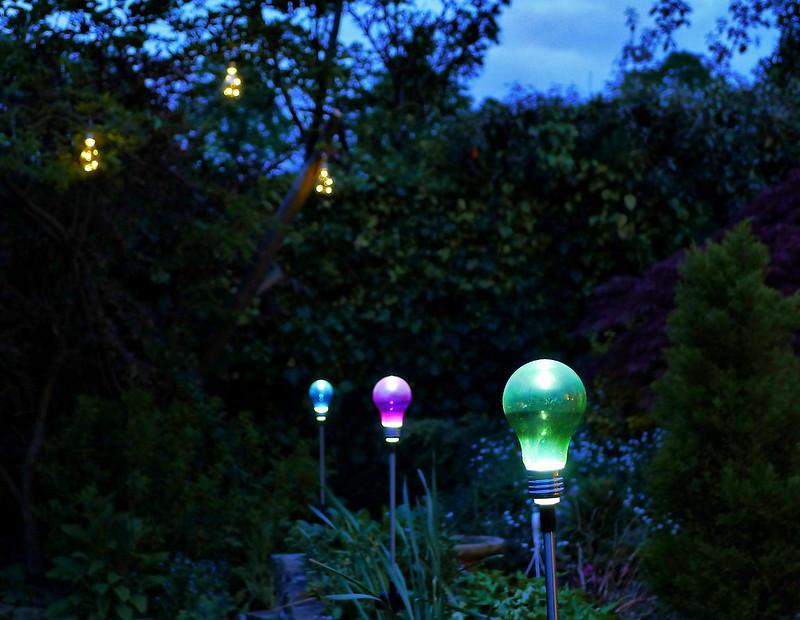
The millipedes can be lured away from doors and windows using a light trap.
Millipedes are drawn to light like other insects. So you can use LED lights to either lure them into a trap or prevent them from coming close to your home.
To accomplish this, you will need:
- Shovel
- Pair of cutters
- Tape
- Deep food container
- Bright LED light
- Bucket for covering the container
To get started, use a shovel to excavate a hole in the ground next to the plants. The opening needs to be deep enough to accommodate a small container. Next, place the container within the hole while ensuring that the edge of the container is level with the surface of the ground.
Put some water inside the container. Next, take a second container and tape the LED to the bottom of it. Next, create a path for the millipedes to enter the container by cutting a series of thin slits around the top edge of the second LED container using the cutter. Now, turn this second container upside down, so it rests on the one full of water.
At night, the LED inside the inverted bucket will attract millipedes, and as they try to enter the bucket, they will drown in the water-filled container. You shouldn’t beat yourself up about it; you did what had to be done to save your plants.
Related: How To Identify Insect Eggs On Leaves And Get Rid Of A Pest Problem?
Plastic Bottle Trap For Capturing Millipedes
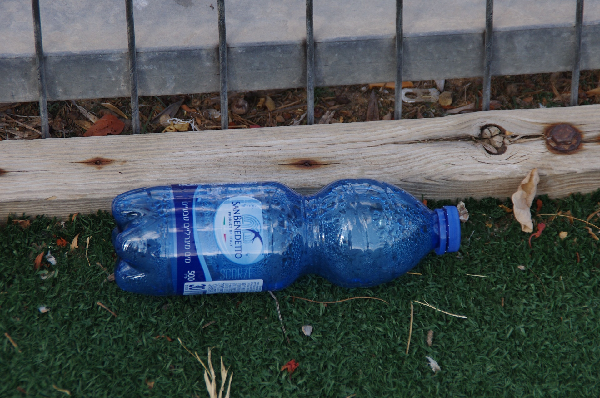
A tube trap is the simplest millipede trap, requiring only a plastic bottle and a few other household objects.
A plastic bottle trap can also be built to catch millipedes; all you need is a bottle of plastic with a cap, some tape, some vinyl tubing, some pieces of ripe fruit, and a kitchen knife to get started. To begin, place the fruit inside the plastic bottle, then insert the vinyl tubing approximately two inches inside the bottle.
Make sure, however, that the sides of the plastic bottle do not come into contact with the vinyl tube at any point. After that, tape the vinyl tubing to the bottle to stay in place.
Put the bottle in the soil where the millipedes live, but turn it on its side so that the vinyl tubing on the bottle outside comes in contact with the ground.
Millipedes will be drawn to the fruit contained within the bottle, and they will enter the bottle through the vinyl tube. Once inside the bottle, millipedes have no way out because the vinyl tube does not touch the inside walls of the plastic container.
Diatomaceous Earth To Kill Millipedes
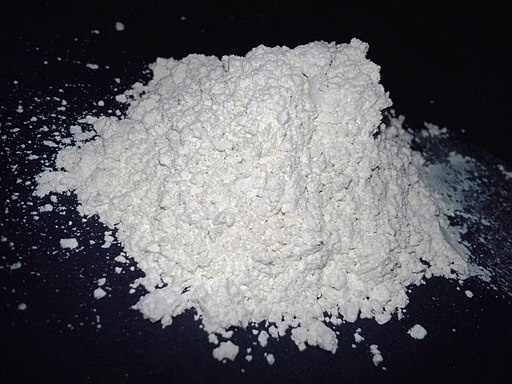
Diatomaceous earth is a crystalline powder that can be used to kill many different types of pests.
Diatomaceous earth is a soft, siliceous sedimentary rock found in nature. This rock can be processed into a fine powder that is off-white to white and ranges from fine to very fine in particle size. It is composed of the fossilized remains of diatoms, a type of microalgae that can be found near streams, river beds, and other water bodies of a similar nature.
When ground into a powder, diatomaceous earth is an excellent insecticide that can be used against millipedes. It accomplishes this by penetrating the soft bodies of the arthropods, which results in the arthropods losing water and ultimately dying as a result. It is also effective against other insects, such as slugs and snails, aphids, caterpillars, and cutworms.
Removing Millipedes With Hands
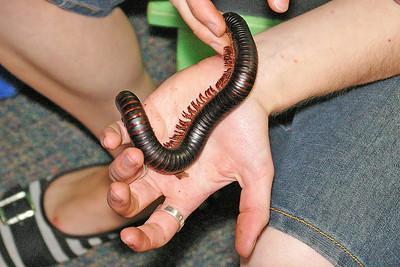
The hand removal of millipedes is among the simplest and quickest methods for eliminating them.
Since millipedes do not have mouthparts that can bite, it is possible to remove them from your home and plants by simply picking them up with your bare hands and moving them away from the area. However, wear gloves because some millipedes may have particular compounds on their bodies that can induce an allergic reaction.
Millipedes can also be removed with plant forceps if the manual removal of pests is not your cup of tea. When using plant forceps, be careful not to squash the millipede or apply excessive pressure to it. If the millipede is injured, it will emit compounds with a strong odor, and I’m sure you won’t want to smell those chemicals.
Using Boric Acid To Control Millipedes
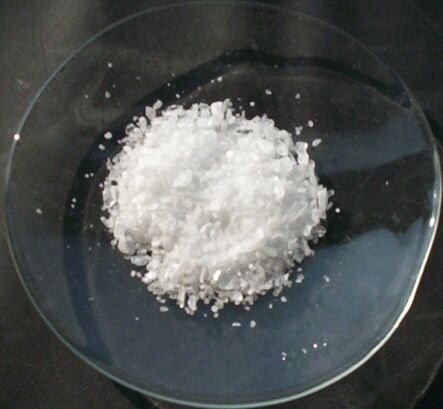
Diatomaceous earth and boric acid are comparable. It also slices up the pests, slowly dehydrating them.
Boring acid can be found in both crystalline and powdered forms. It has modest antifungal, antiviral, and antiseptic effects and is slightly acidic. It operates in a manner not dissimilar to that of diatomaceous earth. Millipedes are killed when the sharp crystals of this substance pierce their bodies.
This causes extreme dehydration, which ultimately results in the millipedes’ death. In addition to causing the body to burst, it also interferes with the digestive enzymes of the millipede. However, because it is a poisonous chemical, you need to be very careful when using boring acid, and it must never be used in the presence of children or animals.
Using Essential Oils Against Millipedes

Since many essential oils have a repellent effect on insects, they can be helpful in pest management. Peppermint oil is the most effective option when it comes to controlling millipedes using essential oils. However, it must be diluted with water before application.
Then, spray the areas around the foundation cracks, windows, door sills, vents, and basement. Additionally, peppermint oil can be utilized outside in covered spaces such as open garages or tiny cabins, which are common hiding places for millipedes.
Millipedes are sensitive to the potent odor of peppermint oil, and as a result, they will be driven away from the area within a few hours after the spray has been applied.
Biological Control Of Millipede
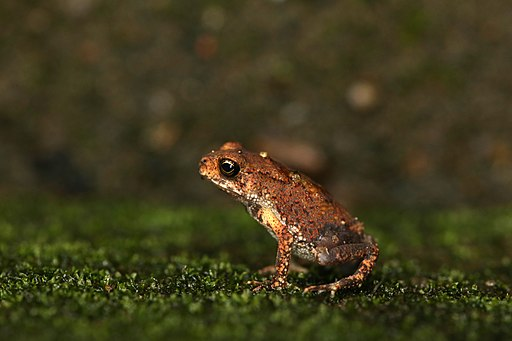
Another great way to control millipede infestations is to use biological control options.
In the natural world, there exists a hierarchy that is referred to as the “food chain,” in which one organism feeds upon another for survival. For example, some animals consume millipedes just like millipedes consume decaying organic matter.
The introduction of such animals, particularly in outdoor settings, can assist in the eradication of millipedes. Millipedes are a food source for various animals, including toads, pigeons, chickens, and ravens. Inviting them into your garden can assist you in reducing the number of millipedes.
Keep Moisture Levels Low

Since millipedes thrive in moist conditions, reducing them is another excellent way to keep them away.
Millipedes love it when there’s a lot of moisture around. Millipedes can go without food for days at a time, but they cannot survive without moisture. So, do not leave wet dishes or the floor in the kitchen or bathrooms wet anytime.
Protect the contents of the water containers by covering them. In addition, dehumidifiers are helpful in removing excess moisture from the air in basements.
Outside the house, you should ensure the gutters are clear of debris as they contribute significantly to the total amount of moisture on your property. If you need to wash your car, the best time to do so is in the morning so that it has the entire day to air dry.
You should prevent water from getting into the foundation of your house. Drains that are damaged in any way should be fixed as soon as possible.
By taking all these steps, you will cut down on the amount of moisture inside and outside of your home, preventing millipedes from moving in.
Changing The Potted Soil
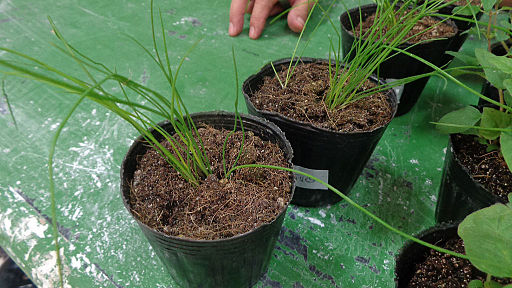
When plants are placed outside under a shady tree, millipedes may find their way to the containers.
The soil in which potted plants are grown can occasionally provide millipedes with an ideal environment to live in. This is because the soil is routinely watered inside, which maintains the soil’s moisture level. To begin, you should try to limit the watering amount and be careful not to overwater. In the event that millipedes are still present in the soil, you can move the potted plant outside and replace the soil there.
While you are amending the soil, exercise extreme caution because there is a possibility that you can cause injury to the delicate roots of your plant. Do not put any dirt that is infested with millipedes into the compost pile. Millipedes may find compost to be an ideal environment for reproduction. Rich in organic matter and moisture, what else would a millipede want?
Chemical Ways To Control Millipedes
One can choose between several different options when it comes to the chemical control of millipedes. However, as a responsible gardener, you are obligated to place emphasis on environmental protection and choose something that does not cause extensive damage to the environment. The following is a list of the chemical treatments that we recommend using to eliminate millipedes from your home and yard:
Supreme I.T.
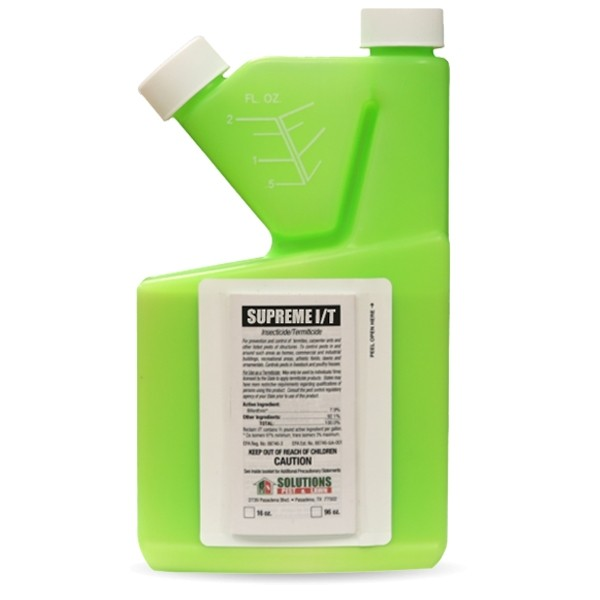
Supreme I.T. is a concentrated bifenthrin insecticide created for broad-spectrum control of more than 70 insects.
The Supreme I.T. pesticide is effective against many pests, including millipedes, and can be used directly. In addition, it is a powerful pesticide with a persistent impact, which means it can continue to kill pests for up to ninety days after being sprayed.
How To Use Supreme I.T.
In a spray bottle with a hand pump, combine one ounce of Supreme I.T. with one gallon of water. This solution is adequate for a 1000-square-foot area. Mist the area surrounding your home’s foundation by adjusting the sprayer to provide a low-pressure spray.
When spraying, pay special attention to the door and window frames because millipedes might enter your home through openings in these structures.
Bifen LP
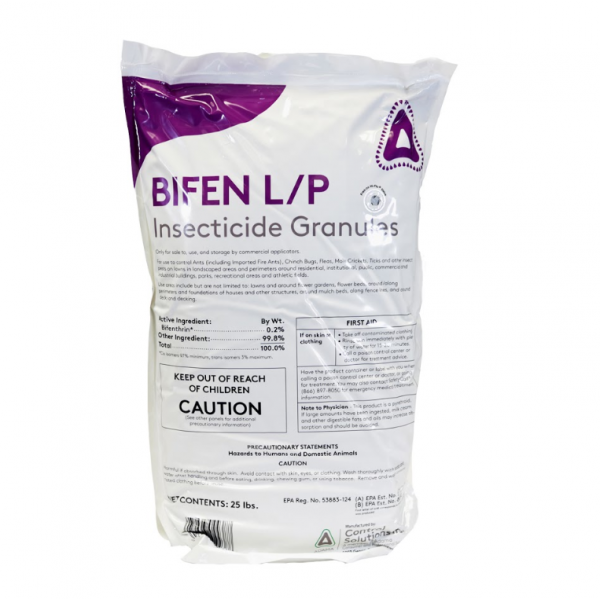
Bifen LP Granules is a ready-to-use pesticide that kills many insects.
Bifen LP is another powerful insecticide that effectively eliminates millipedes from gardens and homes. Bifen LP is a granular insecticide, and its action can continue for as long as three months after the application.
How To Apply Bifen LP
Calculate the area you want to spray in square feet by multiplying its length and width. For example, 3 to 4 pounds of Bifen LP is sufficient for spraying 1000 square feet of lawn.
You will need a spreader to dispense this granular insecticide. It is better to distribute half of the Bifen LP in parallel lines and a half at a perpendicular angle to cover your lawn thoroughly.
D-Fense Dust

D-Fense is a great product to control millipedes hiding in home crevices.
D-Fense dust is used primarily in areas prone to wetness due to its resistance to moisture, which is also one of the reasons it is so popular.
This pesticide is considerably more effective than Bifen LP, and its effects can remain in the environment for as long as eight months.
D-Fense Dust is highly suggested for use in gaps, voids, and crevices in a home.
How To Apply D-Fense Dust
In order to apply D-fence in your home, you will need to make use of a duster. It is best to avoid filling the duster all the way up. Make sure to leave sufficient room for air to circulate inside the duster so it can actually do its job.
The most effective tool for applying D-Fense Dust is a handheld duster. To use the duster effectively, flip it over and spray it in the gaps and crevices around the doors and windows where millipedes are known to hide.
Millipedes can also lurk under sinks and appliances where moisture can gather. Consequently, we would recommend spraying these areas as well.
Conclusion
While millipedes aren’t dangerous (and in fact, some consider them useful), they can be a nuisance if you encounter them in your home. Millipede treatment typically begins with an assessment to determine how the pests enter the residence.
Make sure that your floors are always clean and dry (this eliminates both food and water sources for millipedes). Fill in and caulk any fissures or fractures you find in the foundation and those you see around the wiring and plumbing.
Next comes the control. Start with natural therapies for control because they are more environmentally friendly. However, in certain circumstances, chemical control may become essential. For instance, when the infestation gets out of hand.
Contact a pest control company if even chemical control approaches fail and a millipede infestation becomes more than what you can handle.
Frequently Asked Questions
What is the fastest way to get rid of millipedes?
The simplest and fastest approach to get rid of millipedes in the home is to vacuum them up or spot-treat them with a potent plant-based insecticide.
Killing millipedes is simple when you use an insecticide that is sprayed directly on them using either an aerosol or a ready-to-use pump pack.
Will baking soda kill millipedes?
This is one of the most deceptive claims ever made about millipedes. Baking soda won’t kill the millipede; all it will do is get rid of the putrid smell that they exude when they urinate and defecate. So using baking soda to get rid of these pests is pretty much a waste of time.
How long does a millipede infestation last?
If millipedes find their way inside of a typical home or workplace and are not able to find living conditions that are suitable for them, wet, and food-rich, just like the outside habitats that they are accustomed to, they will not survive for more than two to four weeks after making their way indoors.
Why do I have so many millipedes?
Millipedes prefer dark, chilly, wet habitats rich in organic materials, such as compost piles and densely mulched shrubs or flower beds. Recent rainfall may also be the cause. When there has been a lot of rain, the earth becomes saturated, which causes millipedes to emerge from their usual hiding places beneath rocks or logs.
What does it mean when you find a millipede in your house?
If millipedes are present in your home, this indicates that the weather outside has caused them to come inside. It may be a prolonged drought that has caused the environment to become overly dry. When these pests are frequently observed indoors, it usually indicates that they are reproducing in great numbers outdoors on the lawn or below mulch, leaf litter, or other waste.
Are millipedes harmful?
Although millipedes are not toxic, many species have glands that produce irritating fluids that can trigger allergic reactions in some people. Overall, they are known for being timid, meek, and non-aggressive. Millipedes, in fact, can be beneficial to your compost pile since they break it down and make it more usable.
Why do millipedes curl up?
Millipedes are slow and cannot outrun their predators. Therefore, when they sense an imminent threat, millipedes coil their bodies into tight spirals to protect their vulnerable undersides. This spiral structure shields both their heads and their legs as well.
Sources For Further Reading
Controlling Millipedes In and Around Homes | N.C. State Extension Publications. Retrieved 26 August 2022, from https://content.ces.ncsu.edu/controlling-millipedes-in-and-around-homes
Preventing and Controlling Home-Invasion of Garden Millipedes – Alabama Cooperative Extension System. (2022). Retrieved 26 August 2022, from https://www.aces.edu/blog/topics/home-family/preventing-and-controlling-home-invasion-of-garden-millipedes/
Centipedes and Millipedes Management Guidelines–UC IPM. (2022). Retrieved 26 August 2022, from http://ipm.ucanr.edu/PMG/PESTNOTES/pn7472.html
Editor’s Recommendations
Black Beetles 101: Types and A Comprehensive Identification Guide with Pictures
Root Maggots: How to Get Rid of Root Eating Insect Pest Naturally?
Furry Caterpillar Types with An Identification Guide, Fun Facts, and Pictures







